Understanding dashboard warning lights in your Audi A6 is essential for safe driving, as they alert you to potential issues that could lead to breakdowns or accidents.
Recognizing these lights helps with timely maintenance, preventing costly repairs and ensuring your vehicle runs smoothly. Always consult your owner’s manual or a professional mechanic for specific advice.
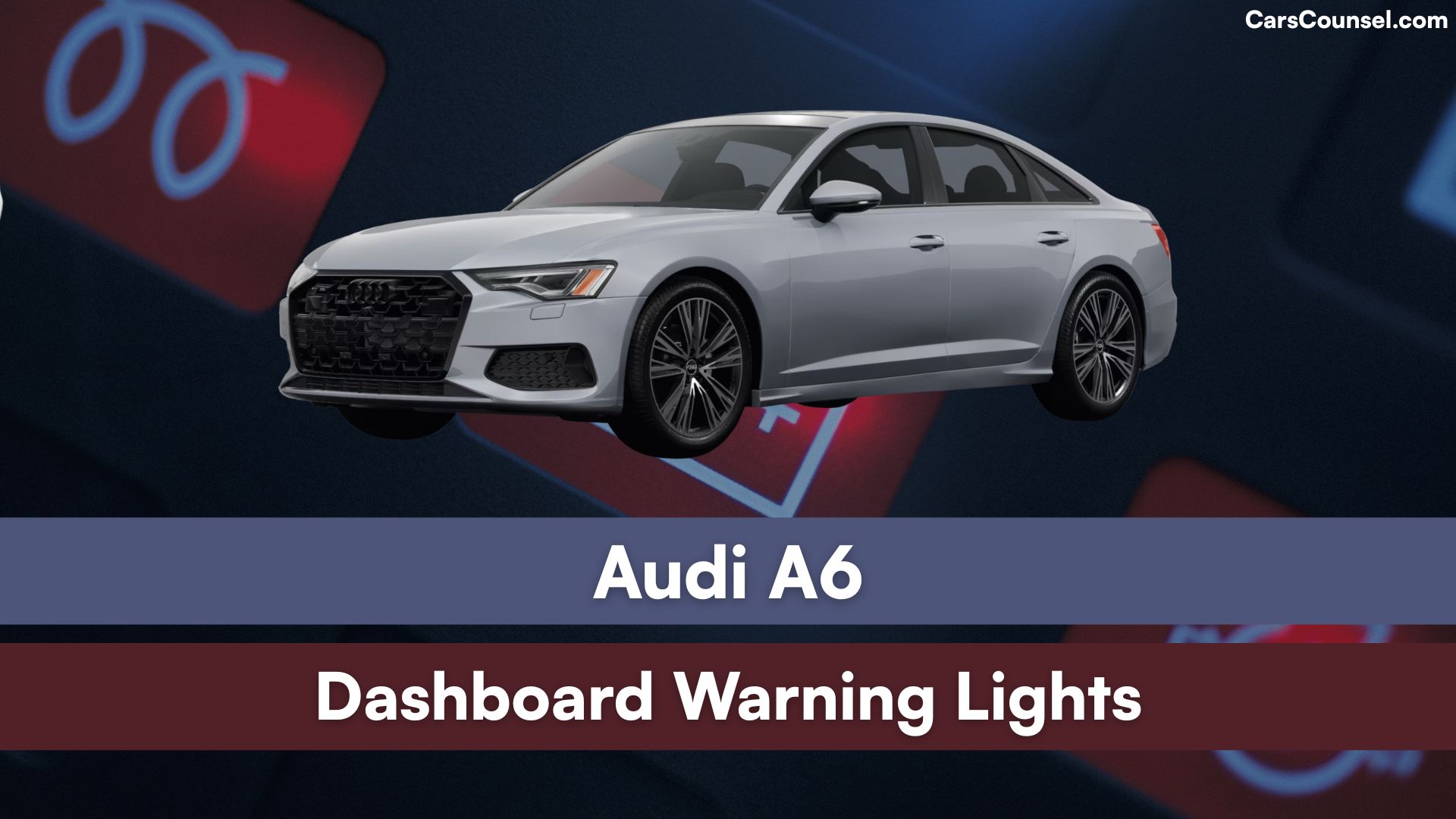
Quick Navigation
Red Warning Lights (Stop Immediately)
These lights signal serious problems that require you to pull over safely right away to avoid damage or danger.
Brake System
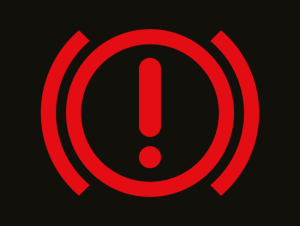
This light means there’s a fault in the brakes, like low fluid or system failure. Stop driving, check fluid levels if possible, and call for roadside help.
Engine Oil Pressure
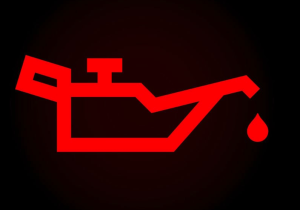
Low oil pressure could cause engine damage from lack of lubrication. Pull over, turn off the engine, check oil level, and add if needed; seek a mechanic if it persists.
Coolant Temperature
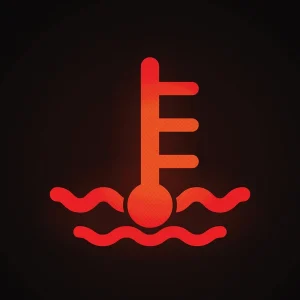
The engine is overheating, possibly due to low coolant or a leak. Stop immediately, let it cool, check the coolant, and get professional help to avoid engine failure.
Battery/Alternator
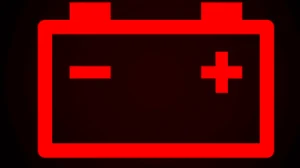
This indicates a charging system issue, like a failing battery or alternator. Stop soon, turn off extras like AC, and have it checked to prevent stranding.
Transmission

A problem in the transmission, such as overheating or fluid issues. Stop driving, avoid shifting gears, and contact a service center for inspection.
Airbag System

The airbags may not deploy in a crash due to a fault. Pull over and have the system diagnosed immediately for safety.
Power Steering Failure

Steering assist is lost, making the car hard to control. Stop safely and get towing assistance, as driving is risky.
Seatbelt Reminder

A passenger isn’t buckled up, increasing injury risk in accidents. Stop and ensure all seatbelts are fastened before continuing.
Door Ajar

A door isn’t fully closed, which could open while driving. Pull over, check all doors, and secure them properly.
AdBlue Urgent

AdBlue fluid is critically low in diesel models, risking engine shutdown. Stop and refill AdBlue immediately or visit a mechanic.
Brake Fluid Low

Brake fluid is too low, affecting stopping power. Stop, check levels, top up if safe, and seek repairs to restore braking.
Engine Overheating
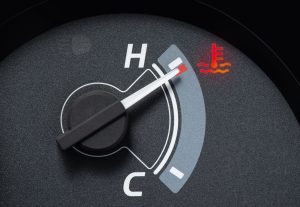
Similar to coolant but focused on extreme heat. Stop, cool the engine, and inspect for causes like leaks before proceeding.
Steering Lock Malfunction
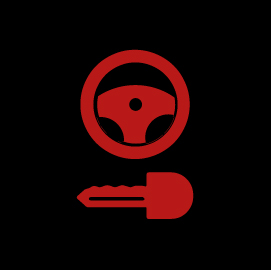
The steering wheel lock has failed, preventing starts. Do not drive; call for professional help to fix.
Electrical System Fault

General electrical issue, possibly wiring or fuses. Stop to avoid fire risks and have the system checked.
Yellow/Amber Warning Lights (Action Required Soon)
These lights warn of issues that need attention soon to prevent worsening, but you can usually drive to a safe spot.
Anti-lock Braking System (ABS)
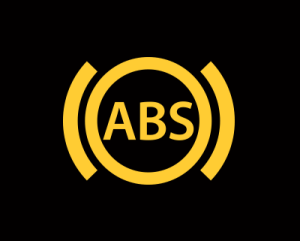
ABS isn’t working, so wheels may lock during hard stops. Drive carefully, avoid sudden braking, and visit a mechanic soon.
Check Engine
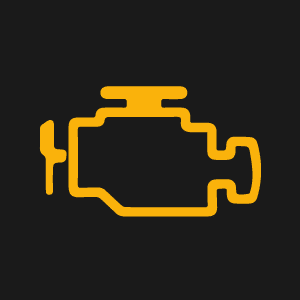
Engine or emissions issue, like a sensor fault. Get a diagnostic check at a service center to avoid bigger problems.
Tire Pressure Monitoring
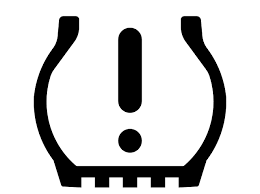
One or more tires have low pressure, risking blowouts. Check and inflate tires to recommended levels promptly.
Electronic Stability Program (ESP)
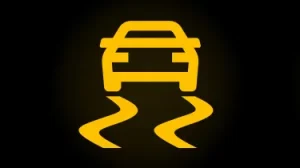
Stability control is off or faulty, affecting handling on slippery roads. Drive cautiously and have it serviced.
Glow Plug (Diesel)

Glow plugs are warming or there’s an emissions fault in diesel engines. Wait for it to clear or get checked if it stays on.
Diesel Particulate Filter (DPF)

Filter is clogged with soot, impacting exhaust. Drive at higher speeds to regenerate or take to a mechanic for cleaning.
Washer Fluid Low

Windshield washer fluid is low. Refill the reservoir to maintain clear visibility.
Brake Pad Wear

Brake pads are worn thin, reducing stopping power. Schedule replacement soon to avoid damage to rotors.
Fuel Tank System
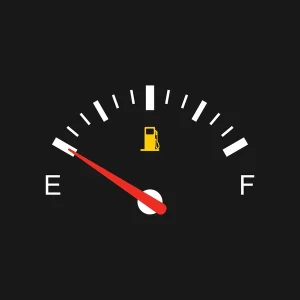
Low fuel or a fault in the tank system. Refill if low; if it persists, check for leaks or sensor issues.
Start/Stop System Fault

The auto start/stop isn’t working properly. Continue driving but get it inspected for battery or sensor problems.
Lane Assist Malfunction
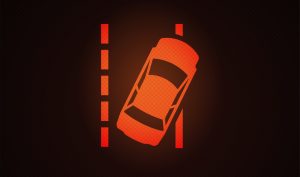
Lane-keeping system has an error. Drive attentively and have sensors cleaned or repaired.
Adaptive Cruise Control Issue

Cruise control sensors are blocked or faulty. Clean sensors and test; service if needed.
Green (Information Only)
These lights provide status updates on active systems and don’t require action unless they indicate a fault.
Turn Signals
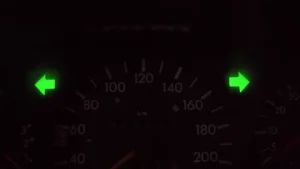
Shows left or right turn signal is on. No action needed unless it blinks fast, signaling a bulb issue.
High Beams (Blue)

High beam headlights are activated for better night visibility. Turn off when oncoming traffic approaches.
Eco Mode Engaged
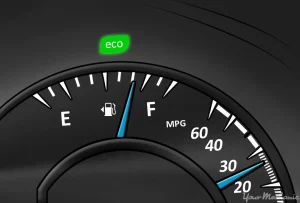
Fuel-saving mode is active, optimizing efficiency. Switch off if more power is required.
Hill Hold Assist

Holds brakes on inclines to prevent rolling. Releases when you accelerate.
Parking Lights

Exterior parking lights are on for visibility when stopped. Turn off to save battery.
Front Fog Lights

Fog lights are active for low-visibility conditions. Use only when necessary.
Rear Fog Lights
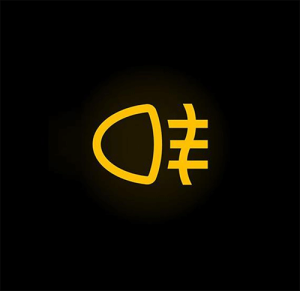
Rear fogs are on to alert following drivers. Turn off in clear weather to avoid blinding.
Adaptive Headlights

Headlights are adjusting automatically to curves. No action; it’s enhancing safety.
Rain/Light Sensor

Auto wipers or lights are active based on conditions. Override manually if preferred.
Speed Limiter Set
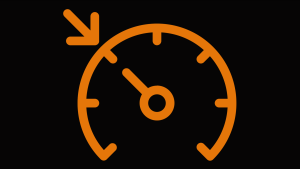
Vehicle speed is capped at your setting. Adjust or deactivate via controls.
When looking at Audi, make sure to check out our guides on models like the Audi A3, Audi Q7, Audi A4, and Audi A1. Understanding dashboard warning lights is essential. Our expert reviews break down what each light means, highlighting common alerts for these models and what they could signal about underlying issues, so you’re never left guessing behind the wheel.

